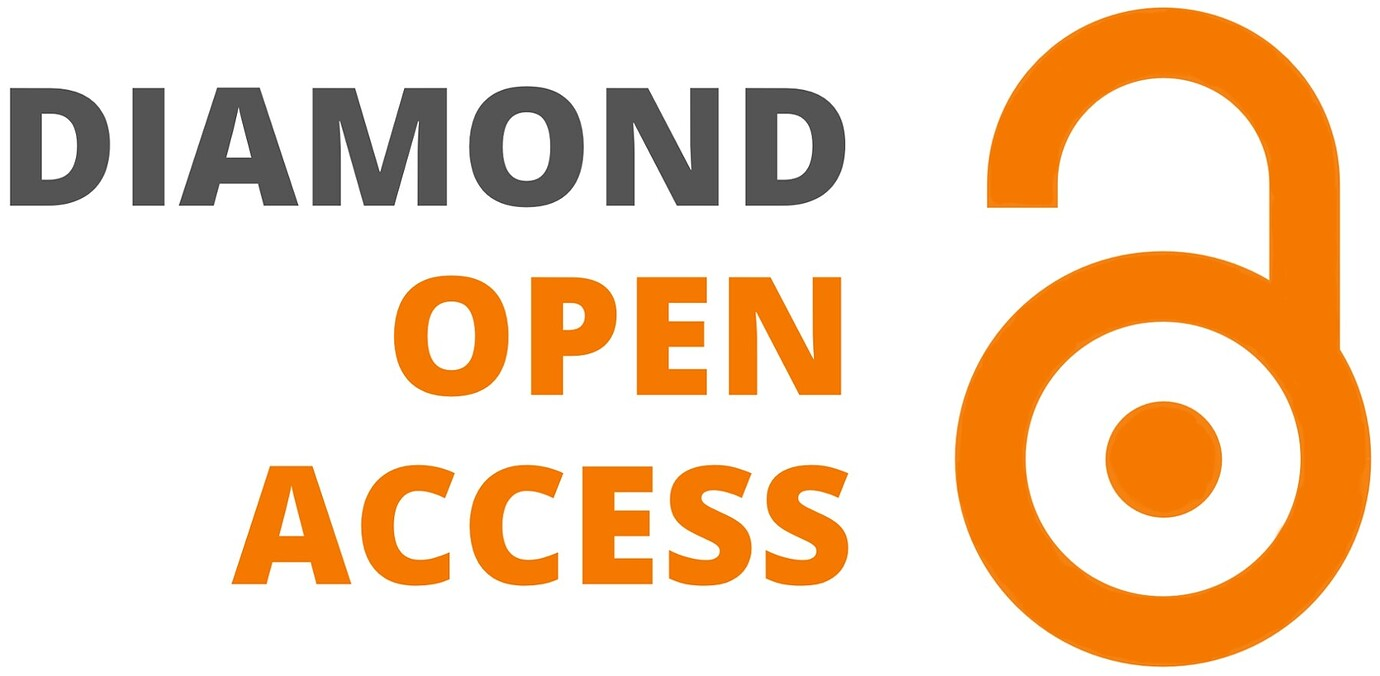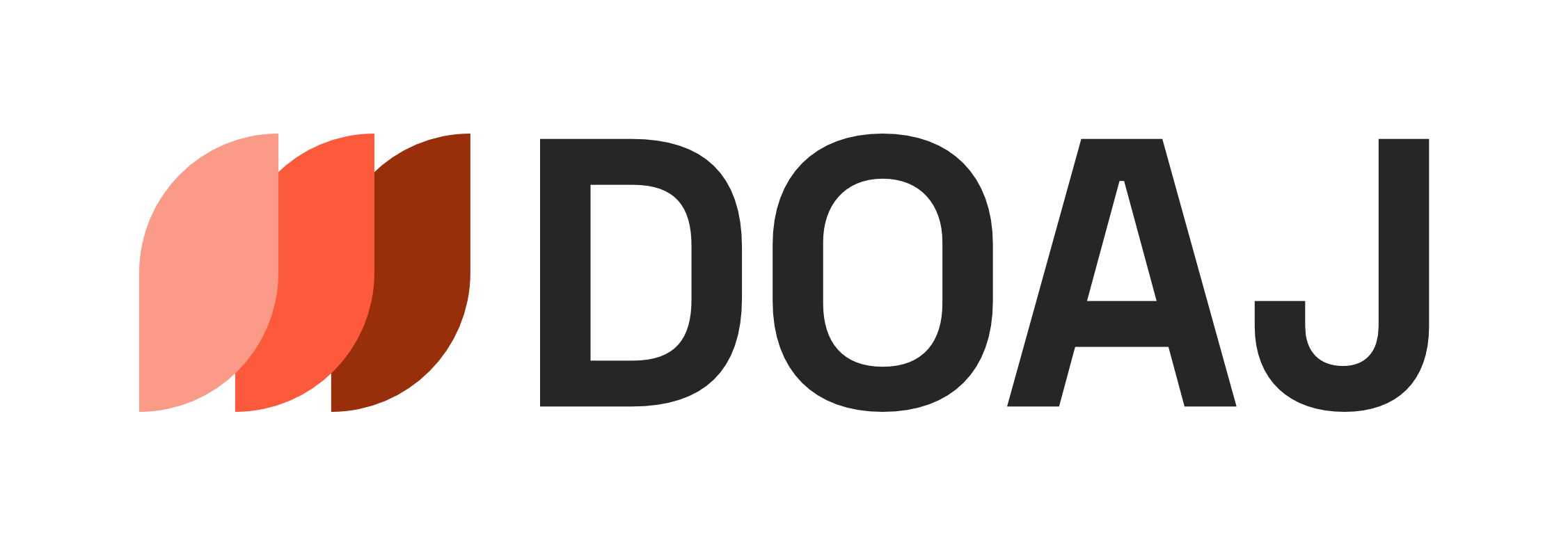Dynamic assessment in speech-language therapy
DOI:
https://doi.org/10.61989/cdz05v79Keywords:
Dynamic assessment, language, speech-language therapy, children, language disordersAbstract
This article is a review of the literature on different approaches to dynamic assessment in speech-language therapy. First, we present the historical and general concepts of dynamic assessment, concepts which relate to the zone of proximal development initially proposed by Vygotsky. In particular, we point out the advantages of dynamic assessment relative to static (standardized) tests, which do not take the child’s learning potential into account. We also present the different approaches that are used in dynamic assessment, namely graduated prompts, mediated learning, and the test-teach-retest method, approaches which may be complemented by assessment of the child's modifiability. We then focus on the application of dynamic assessment to speech-language therapy, with emphasis given to the importance of this assessment for 1) distinguishing children with language impairments from those with typical development, particularly within a bilingual context; 2) reliably predicting future language skills; and 3) guiding speech-language intervention by providing information on specific profiles and effective strategies for each child. We consider examples of dynamic assessment within different language domains such as phonology, the lexicon, morphosyntax, narration and written language. In each of these domains, we propose a short review of the literature and describe in detail studies within each field. The objective of this review is to make clinicians aware of this type of approach in speech-language therapy and to justify the upcoming creation of a dynamic language assessment battery in French.
Downloads
Published
License
Copyright (c) 2021 Glossa

This work is licensed under a Creative Commons Attribution 4.0 International License.




